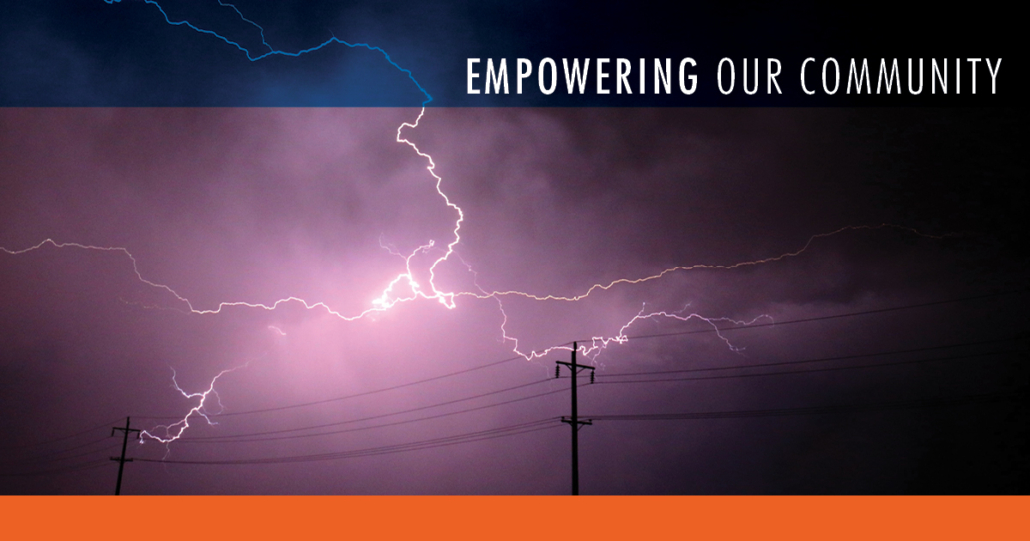

If they had been, Franklin would’ve almost certainly died or at least been seriously injured (in 1753, the German scientist Georg Wilhelm Reichmann died while trying to conduct Franklin’s lightning rod experiment). “They show Franklin standing out in the middle of a field,” he says, “whereas most likely he and William were inside some kind of shed or lean-to or something to keep them from getting rained on, in case the rain did start.” (Franklin likely started the experiment after sensing lightning in the air, but before any rain began to fall, says Wallace.)įranklin’s goal probably wasn’t for the kite and key to get struck by lightning and indeed, Priestley never claimed that they were struck by lightning. Wallace Jr., a curator in the division of work and industry at the Smithsonian National Museum of American History. So what would this experiment have actually looked like? Although many artists have tried to depict it, “most of the pictures and drawings that you see depicting Franklin in this experiment are inaccurate,” says Harold D. Ben Franklin Didn't Get Struck By Lightningīenjamin Franklin's lightning rods as depicted in Franklin's book Experiments and Observations on Electricity. “reading the ridicule which too commonly attends unsuccessful attempts in science, he communicated his intended experiment to noone but his son, who assisted him in raising the kite,” Priestley wrote. According to Priestley, Franklin hadn’t yet heard of these successes in June 1752, when he was waiting on the construction of a spire to conduct his own lightning rod experiment.Īpparently, Franklin decided that instead of waiting for the spire, he could test his theory by flying a kite with a key attached to its string when he sensed an approaching thunderstorm. Delor-separately carried out successful versions of Franklin’s experiment. That July, he published an idea for an experiment using a lightning rod to try and catch an electrical charge in a “leyden jar,” a storage container for electrical charges, thus demonstrating that lightning was a form of electricity.įranklin’s ideas circulated in Europe, and in May 1752, two French scientists-Thomas Dalibard and M. In March 1750, Franklin wrote a letter to his friend Collinson about his idea for a lightning rod. There were, however, debates about the nature of this phenomenon, and Franklin was one of a group of philosophers and scientists who theorized that lightning was a form of electricity. Ben Franklin Didn't Discover ElectricityĮlectricity was already a known phenomenon during the mid-18th century. The legendary aspect of the kite and key experiment has led many people believe, incorrectly, that it marked the discovery of electricity. “The episode of the kite, so firm and fixed in legend, turns out to be dim and mystifying in fact,” wrote Carl Van Doren in his 1939 Pulitzer Prize-winning biography, Benjamin Franklin. Some have theorized that it occurred later in 1752, while others have questioned whether it happened at all, or at least acknowledged that there is room for doubt. Scholars of Franklin have speculated that the experiment occurred around June 10, though no one really knows what date it happened on. Fifteen years later, Priestley provided some more details, writing that 46-year-old Franklin and his 22-year-old son William had conducted the experiment sometime in June 1752. He didn’t specify when the experiment took place or whether he had actually conducted it. In the letter, Franklin wrote that an “Experiment has succeeded in Philadelphia” using a kite and key, and detailed how one could go about reproducing the experiment. The second is a section of Joseph Priestley’s 1767 book History and Present Status of Electricity, in which Priestley recounted what Franklin had presumably told him about the experiment.


The first is a letter Franklin wrote to his friend Peter Collinson in October 1752 that was published in the The Pennsylvania Gazette and read before the Royal Society. Franklin Didn't Write Much About the ExperimentĮverything we know about Franklin’s kite and key experiment comes from two sources.


 0 kommentar(er)
0 kommentar(er)
